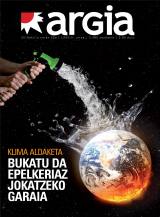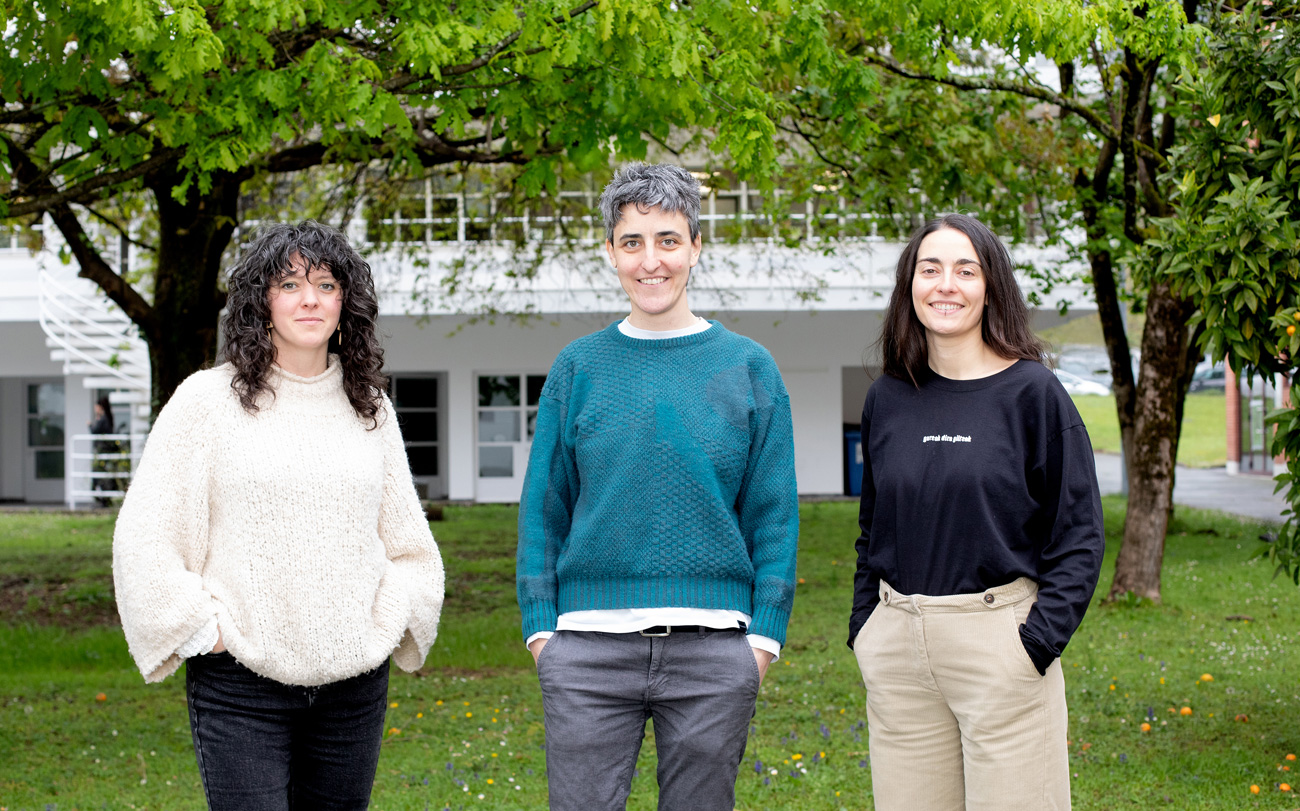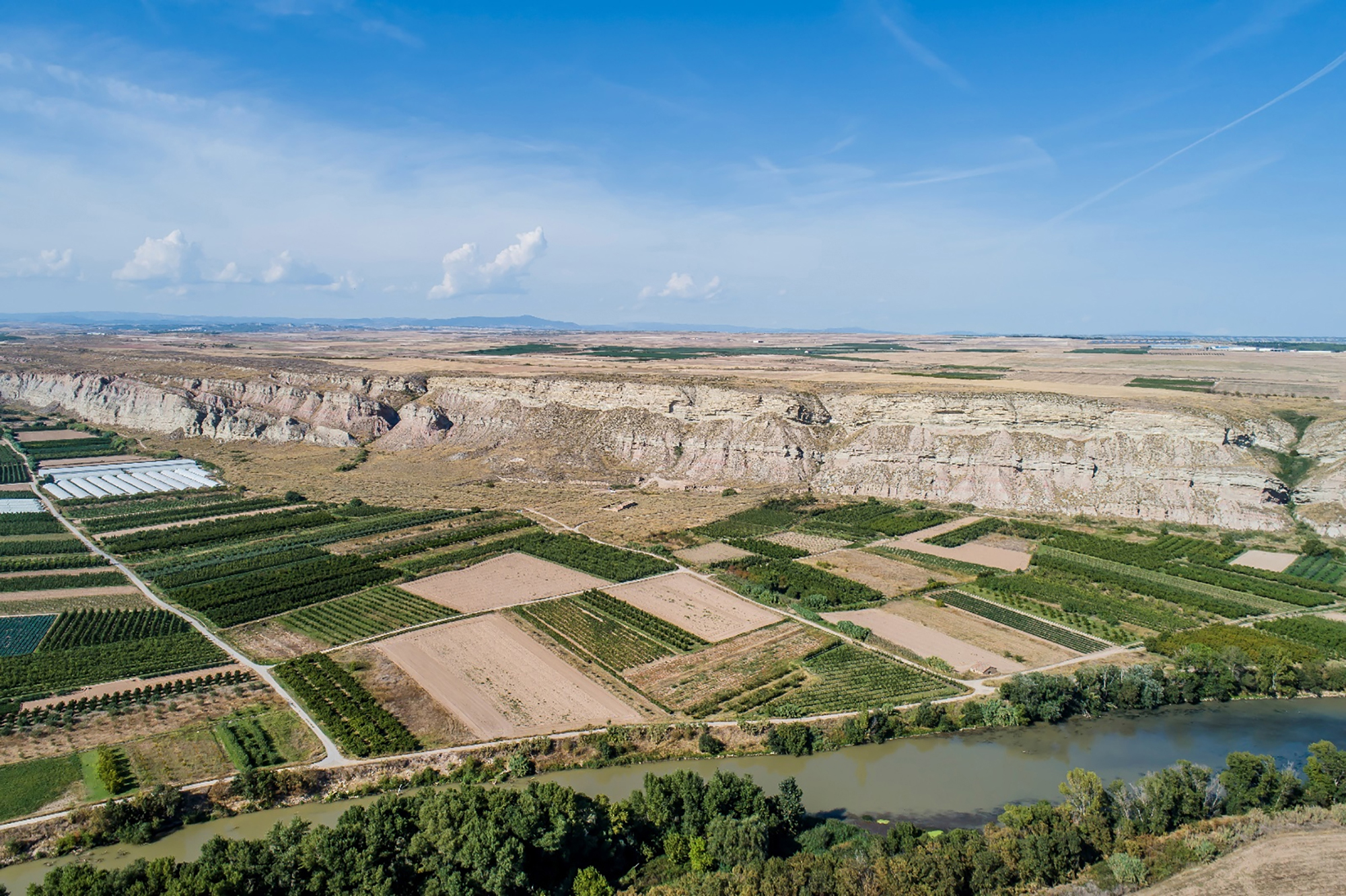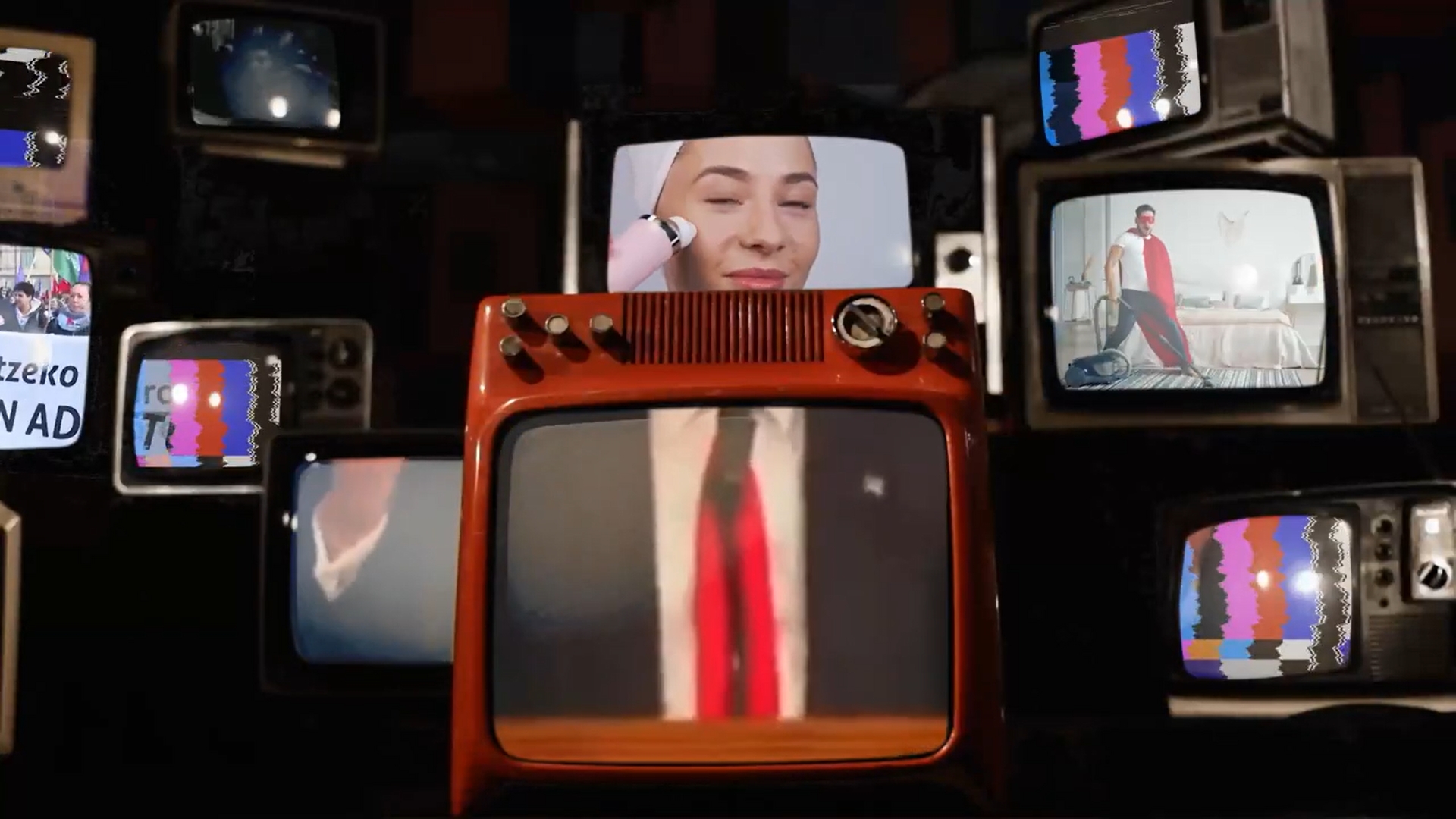Curiosities of the Nobel Prizes
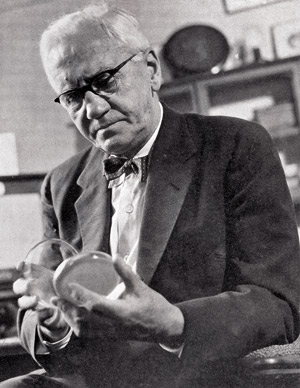
In the first days of October we had news from the 2015 Nobel Prizes. These awards have been awarded annually since 1901, and over so many years more than one amazing story has happened. In these lines we will mention some of them, all related to the Nobel Prize in Medicine.
Werner Forssmann was awarded in 1956 for developing a catheter suitable for body veins. In the tests, Forssman did not use any animals, but his own body, which introduced the catheter into the vein of one hand and brought it to the heart.
In 1949, Antonio Egas Moniz was awarded for demonstrating the influence of lobotomy on people with mental illness. Above the eyeball, he would introduce the spatula into the brain, and once this was done, the necessary piece would be cut.
In 1929, Christiaan Eijkman was sent to Jakarta to investigate the causes of the disease. The Eijkman observed that chickens eating white rice developed the same symptoms as sick men, while those eating rice with skin were healthy. People are given the same diet and the problem is over.
Alexander Fleming went on vacation forgetting to close a little box with bacteria. When he came back he saw that staphylococci were less and less numerous, due to a strange toxin. He unwittingly stumbled upon penicillin and received the prize in 1945.
Albert Shatz, researcher's assistant Selman Waksman, discovered antibiotic streptomycin, but her boss didn't mention it and took all the honor. He received the prize in 1952.
Examples that show that audacity, fortune or, rather, theft, can give a Nobel. Is there such a thing today? We will not say no.
Last week, during the blackout, seeing ourselves vulnerable, we began to investigate many people in order to understand what happened: how does the infrastructure that transports electricity work? Why is it getting old? I am fascinated by the physical phenomenon of electricity... [+]
Automatizazioaren eta abereen inguruan kuxkuxeatzen ari nintzela, ukuilu automatizatuen informazioa hasi naiz eskuratzen. Nire idazmahaiaren erosotasunetik idazten, gizakion kontsumorako modu masiboan esplotatzen ditugun abereen bizitzak nahiko penagarriak direla iruditzen zait,... [+]
Last week I had a nice meeting with a group of women that I hadn’t seen for a long time, and we talked about doing it, linked to spaces of technology and creation.
The oldest of these women, who is on the frontier of retirement, is a programmer and enjoys programming code... [+]
Economists love the charts that represent the behaviors of the markets, which are curves. I was struck by the analogy of author Cory Doctorow in the article “The future of Amazon coders is the present of Amazon warehouse workers” on the Pluralistic website. He researches the... [+]
Wikipedian bilatu dut hitza, eta honela ulertu dut irakurritakoa: errealitatea arrazionalizatzeko metodologia da burokrazia, errealitatea ulergarriago egingo duten kontzeptuetara murrizteko bidean. Errealitatea bera ulertzeko eta kontrolatzeko helburua du, beraz.
Munduko... [+]
Nortasuna Sarean jardunaldien 10. edizioa egingo dute asteazken honetan Donostiako San Telmon, KomunikaziONA bideguruatzean izenburupean. Egungo komunikazio joerak aztertu eta "alternatiba osasuntsuagoak" topatzen saiatuko dira. Hainbat hizlari gonbidatu dituzte, euren... [+]
Orain dela 20 bat urte, berrikuntzaren inguruan master bat egin nuen. Bertaraturiko gonbidatu batek esan zigun gizakion historian berrikuntza teknologikoaren eragile handiena gerra izan zela. Gerra, halaber, eragile handia da botere harremanen berrikuntzan.
Berrikuntzaz ari... [+]









